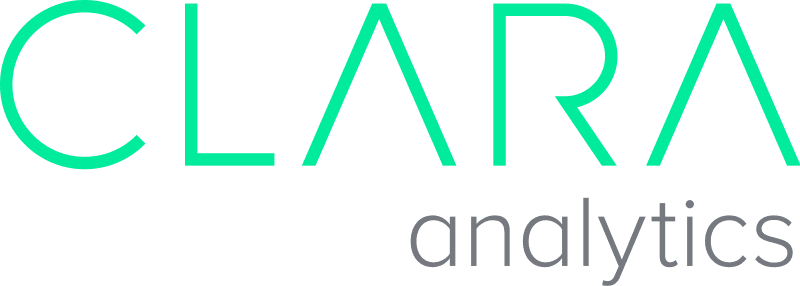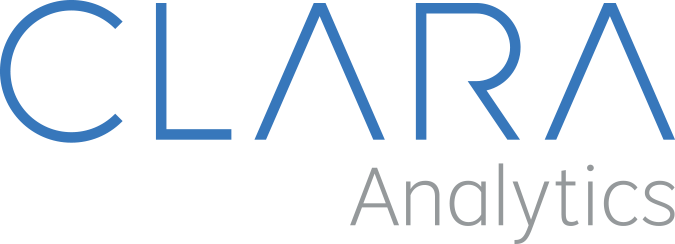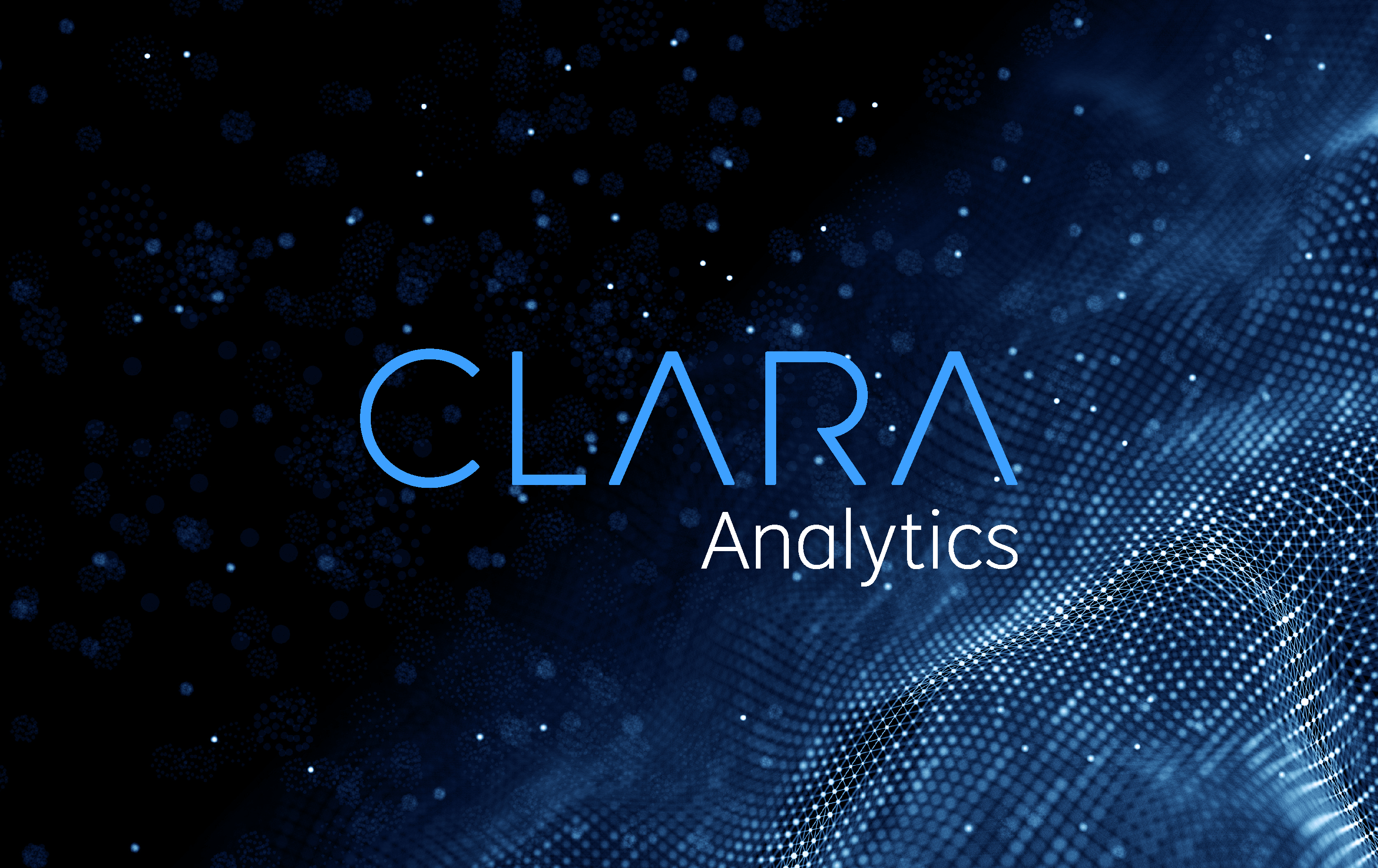Greg Moore: Making and Breaking the Cycle of Litigation in Workers’ Compensation
I recently shared an article discussing the fact that the workers’ compensation system is not functioning as designed, with some key data points that show just how badly the industry is missing the mark with it comes to litigation. In a nutshell, workers’ comp was created to reduce the need for litigation, and yet it has become a highly litigious market. This translates to enormous, unnecessary costs for companies while not benefiting the injured worker.
Before we get into addressing the problem, we need to determine how it became a problem to begin with. Why do workers feel the need to hire a lawyer? I engaged in a little informal research on the matter. I found a number of common trends in the reasons attorneys say they were hired to represent injured workers:
- 1. Insurance company denied claims.
- 2. Insurance company denied a treatment.
- 3. Injured worker was afraid he/she wasn’t going to get needs met (mostly referencing necessary care or financial impact).
- 4. Injured worker was afraid he/she would lose a job.
- 5. Injured worker wasn’t sure how to get what he/she needed.
- 6. Friend/coworker told them they need to get an attorney when they were injured.
- 7. Lack of communication from carrier/employer/TPA.
- 8. Overbearing communication from carrier/employer/TPA.
The first two seem obvious. People rarely like to be told no — that is a trait we all develop early in life and tend to keep over the years. Other than making sure you deny a claim when your case is righteous and defensible, there will be battles to be fought over compensability and reasonable, necessary care going forward.
The next three all have the common thread of fear. Reducing fear and anxiety should be a central goal of claims operations and employers. Effective communication is essential to eliminating these issues.
Reason #6 can best be mitigated by addressing the other reasons better and improving the overall brand of our industry.
That brings us to the last two. One says not enough hand-holding, and the other says excessive hand-holding. Although these seem contradictory, they are essentially the same thing; we aren’t engaging the individual how they want to be engaged. For example, as a former marine and athlete, I have had my share of injuries and know how to manage my care and recovery. Just stay out of my way, and I will be back on my feet faster than my doctor could predict. But, another person with a different life experience would be just the opposite. I don’t want you to call me all the time, but if you don’t reach out to the other person (and often) you have a problem. The combination of these points shows that a one-size-fits-all approach to engaging claimants can cause (expensive) problems.
We Need to Make Changes
I’d make the case that state legislatures need to be engaged; we were promised protection from litigation and ended up with a system that facilitates it instead. Unfortunately, that is not a quick fix, and we need to address the aspects within our control to stop the bleeding where we can.
Attorneys, although we may wish it, are not within our control. I don’t begrudge the attorneys — they are doing their job, and everyone has a right to do their jobs to the best of their abilities. But we are making their job easier by making simple and addressable mistakes.
We’ve shown that inserting lawyers into the claims process translates to thousands of dollars in unnecessary costs. We should know (or at least honestly believe) that injured workers don’t want to go the legal route unless they feel they have no other options. So now, what can we do about it? I would suggest we need to take action in three areas.
First, take steps to reduce the perceived need for litigation. This should include leveraging new capabilities in artificial intelligence (AI) that can assess risk of litigation as well as provide new insights into claimant sentiment. Using these types of signals to drive the way you engage injured workers will allow you to focus extra communication, hand-holding and empathy on the claims that need it without adding excessive claims handling costs to all your claims or “over communicating” when too much communication is bad.
Second, when the fight does occur, use intelligent processes for picking the right attorney. AI and business intelligence solutions can help identify not only the attorneys with the best overall results but also which is the right attorney for this instance. Benchmark your panel of attorneys in the same manner an outcomes-based network benchmarks physician performance as a first step, and then develop the nuanced approach to claimant matching over time.
Third, develop more sophisticated “fight-or-flight” signals using predictive analytics so that you know what the likely costs/outcomes are if you cooperate, settle or draw a hard litigation line when the fight starts. Excessive litigation occurs when it’s easy and profitable, so the harder and less profitable we make it the fewer “excessive” cases we will see over time.
In summary, I refuse to believe injured workers are typically looking to score big with a vicious lawsuit directed at their employer or claims company. I am not saying it doesn’t happen, just that there is no way that is the behavior driving the costs and the bad outcomes, and it certainly is not that common in research to date. Most people just want to be treated fairly and get better.
While I am not the first person to make this case, what is new are the technology options that unlock the capabilities to make a change. Most AI and machine learning models are still early in their sophistication and application, but the tools do exist to make more informed decisions and drive processes and engagements that can change the game. But first, we need to devote our resolve to tackle this issue head on; we need to make the commitment to integrate and experiment with new approaches to how we address the underlying causes that are 100 percent within our control.
About Gregory Moore
Gregory Moore is chief commercial officer of CLARA Analytics, a leading predictive analytics company for workers’ compensation. Prior to joining CLARA Analytics, Moore founded Harbor Health Systems, which he led for 16 years. During his time at Harbor Health, he pioneered many aspects of outcomes-based network models and brought provider benchmarking into the mainstream for workers’ compensation insurance and managed care companies. Greg holds a master’s in public health from UCLA and a Bachelor of Science from the University of Rochester.
About CLARA Analytics
 CLARA Analytics empowers workers’ compensation claims teams to rapidly get injured workers back on track with easy-to-use artificial intelligence (AI)-based solutions. Its CLARA providers search engine is an award-winning provider scoring engine that helps rapidly connect injured workers to the right providers, while CLARA claims is an early warning system that helps frontline claims teams efficiently manage claims, reduce escalations and understand the drivers of complexity. CLARA’s customers include a broad spectrum — from the top 25 insurance carriers to small, self-insured organizations. For more information, visit www.claraanalytics.com, and follow CLARA Analytics on LinkedIn, Facebook and Twitter.
CLARA Analytics empowers workers’ compensation claims teams to rapidly get injured workers back on track with easy-to-use artificial intelligence (AI)-based solutions. Its CLARA providers search engine is an award-winning provider scoring engine that helps rapidly connect injured workers to the right providers, while CLARA claims is an early warning system that helps frontline claims teams efficiently manage claims, reduce escalations and understand the drivers of complexity. CLARA’s customers include a broad spectrum — from the top 25 insurance carriers to small, self-insured organizations. For more information, visit www.claraanalytics.com, and follow CLARA Analytics on LinkedIn, Facebook and Twitter.




